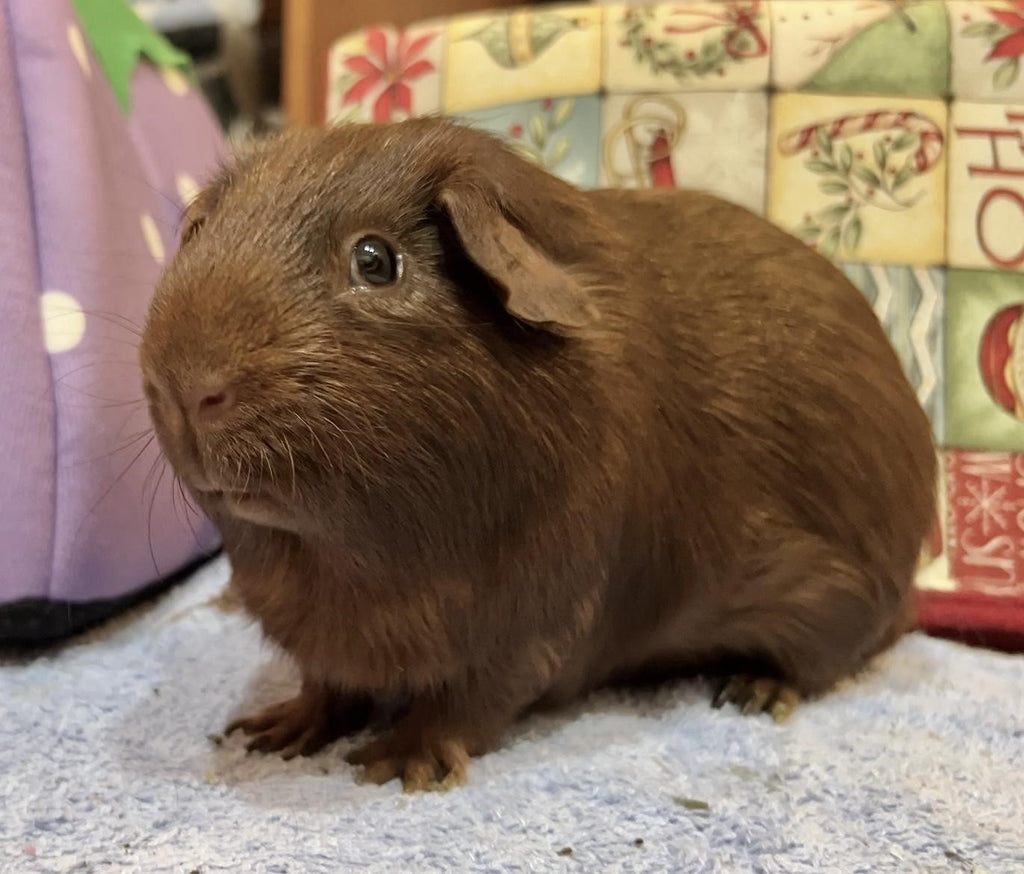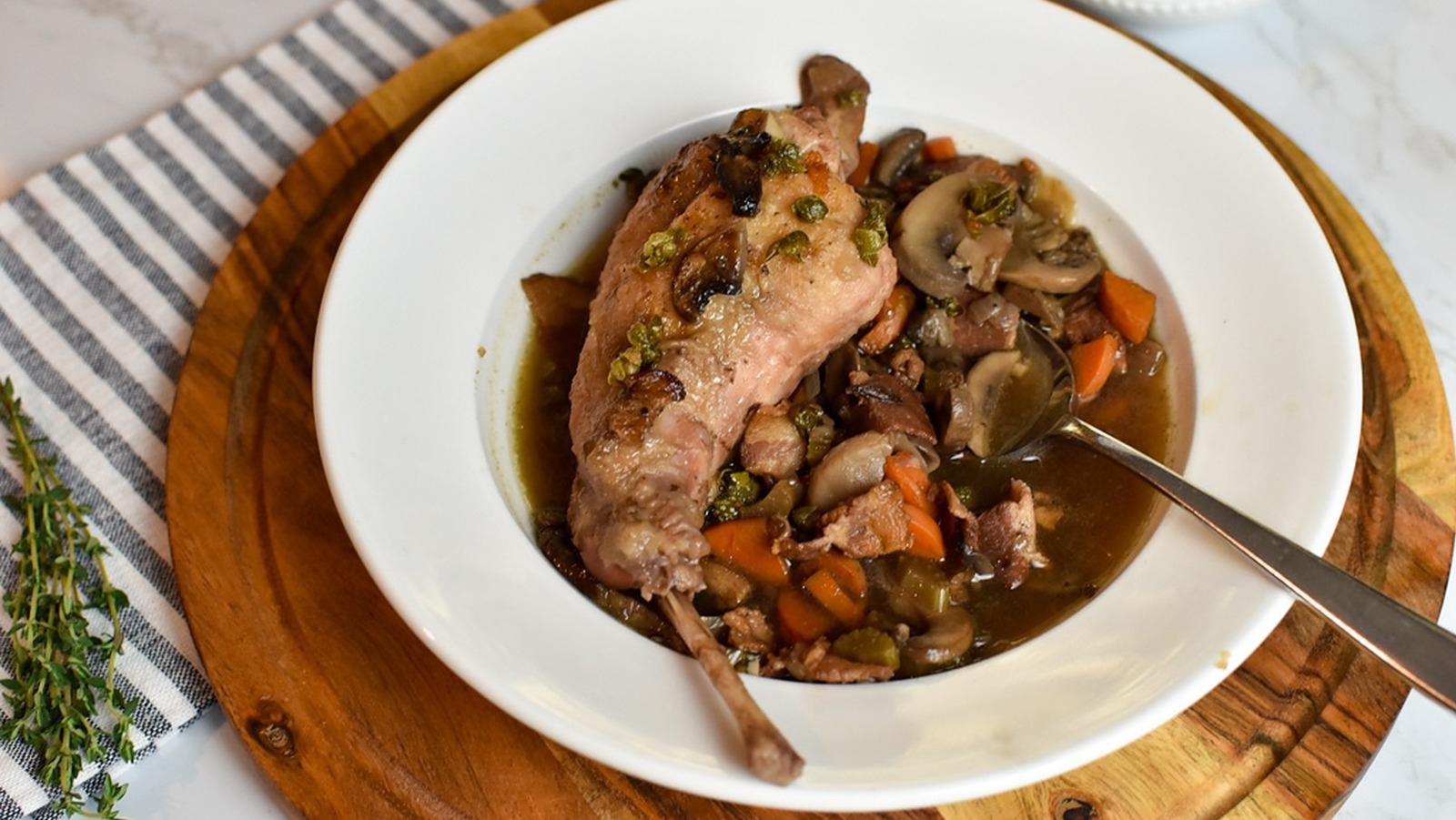Introduction to Caring for Female Dwarf Gourami in 2025
As enthusiasts continue to explore the world of freshwater fish, the female dwarf gourami stands out for its unique charm and vibrant colors. This small tropical fish, known scientifically as Trichopodus lalius, captivates aquarists with its gentle demeanor and fascinating social behavior. They make excellent pets for both beginners and seasoned aquarists, provided one understands the specific needs of these fish. In this article, we will delve into effective ways to care for female dwarf gourami, covering everything from tank setup to breeding considerations.
Understanding proper dwarf gourami care is essential to ensure the health and longevity of these beautiful fish. They thrive in well-maintained aquariums that mimic their natural habitat, leading to a happy and stress-free environment. Equipping yourself with knowledge about the best practices for keeping dwarf gourami will not only enhance their quality of life but also allow you to enjoy their intriguing aquatic behavior.
Throughout this article, we will cover: the optimal tank conditions for dwarf gourami, care guides including diet and habitat needs, the importance of tank mates, and tips for breeding successfully. By the end, you'll have the comprehensive knowledge needed to become a skilled caretaker for your female dwarf gourami.
Key Takeaways: Consistent maintenance, proper diet, and a suitable tank environment are crucial for the health of your dwarf gourami. Alongside, fostering good relationships with tank mates can create a harmonious aquarium.
Essential Tank Setup for Dwarf Gourami
Building on these foundational concepts, let’s explore how to set up the perfect tank for your female dwarf gourami. The initial setup is critical as these fish have specific habitat requirements.
Choosing the Right Aquarium Size
Understanding the best aquarium size for dwarf gourami is key, as these fish appreciate space to swim. A minimum of 10 gallons is usually recommended for a small group, as it provides ample opportunity to explore their environment and reduces territorial disputes.
As a general rule, the larger the tank, the better. Larger tanks tend to be more stable in water quality and temperature, making them easier to maintain. If you plan to include other species, like neon tetras or guppies, consider a 20-gallon tank or larger.
Optimal Tank Conditions for Dwarf Gourami
For a thriving dwarf gourami habitat, aim for a water temperature between 75°F to 82°F (24°C to 28°C). Maintain a pH level between 6.0 and 7.5 and ensure the hardness is between 5-19 dGH. Regular water changes, approximately 20% weekly, are essential to keep water quality high.
Adding aquatic plants also plays a role in mimicking their natural habitat. Plants like Java fern and Anubias not only enhance aesthetic appeal but provide hiding spots and reduce stress for these shy fish.
Decorations and Substrate Choices
When setting up a dwarf gourami tank, incorporating decorations can help create a secure environment. Smooth rocks, driftwood, and caves can function as hiding points. The substrate should be soft and sandy as sharp edges can injure delicate fins.
Additionally, consider crafting a balance between open swimming areas and covered spaces to encourage natural behavior. Dwarf gouramis enjoy swimming freely, but also require spots to retreat to if they feel threatened.
Water Quality and Filtration
Maintaining excellent water quality is paramount for dwarf gourami health. A high-quality filter will help in providing clean, well-oxygenated water. Ensure it's not too powerful, as strong currents can stress them. Regularly check ammonia and nitrite levels using water testing kits, which are crucial for freshwater aquarium maintenance.
Investing in a reliable aquarium heater is also beneficial, especially in fluctuating climates. Consistency in water parameters fosters a stable and healthy environment for your fish.
Nutritional Needs of Female Dwarf Gourami
With the tank environment secured, the next step is understanding the dietary needs of female dwarf gourami. Their diet significantly impacts their health and longevity, making it an essential component of their care.
Best Food for Dwarf Gourami
Female dwarf gouramis have a varied diet that includes high-quality flakes, pellets, and frozen or live foods. When choosing the best food for dwarf gourami, look for options rich in protein, vitamins, and minerals to boost their vitality.
Flakes designed specifically for freshwater fish can serve as a staple food, supplemented by protein-rich options like brine shrimp, daphnia, or bloodworms. Avoid overfeeding, as it can lead to health issues such as obesity and water quality problems. Keep a feeding schedule of 1-2 times daily and remove any uneaten food promptly.
Dwarf Gourami Feeding Guide
Understanding the feeding dynamics for dwarf gourami can enhance their nourishment significantly. Younger gouramis require more frequent feedings due to their rapid growth, while adults can thrive on a regular schedule.
A helpful tip is to vary their diet weekly, introducing different types of food and incorporating vegetables like blanched spinach to ensure balanced nutrition. Keep a close watch on their behavioral signs to determine hunger levels or possible stress during feeding times.
Common Mistakes in Dwarf Gourami Care
Many aquarists fall into the trap of underfeeding or overfeeding dwarf gourami, both of which can lead to health complications. It’s wiser to observe their eating habits and adjust quantities accordingly.
Moreover, not providing a variety of foods can lead to nutritional deficiencies. A well-rounded diet is essential for maintaining their vibrant colors and overall wellbeing.
Dwarf Gourami Behavior and Social Needs
Taking this concept further, understanding the social behavior of dwarf gourami is crucial for fostering a harmonious aquarium community.
Understanding Dwarf Gourami Social Behavior
Dwarf gourami exhibit fascinating social dynamics in community tanks. They are generally peaceful, but females can show territoriality, especially during breeding periods. Observing female dwarf gourami behavior can provide insights into their social interactions and personality traits.
Creating a community tank is highly rewarding, but the choice of tank mates is essential. Avoid aggressive species, which can stress dwarf gourami. Instead, opt for calm freshwater fish that suit their gentle nature.
Dwarf Gourami Tank Mates Compatibility
Exploring dwarf gourami compatibility is vital when establishing a community tank. Suitable tank mates include small, peaceful fish like rasboras, guppies, and tetras. Avoid pairing them with aggressive species or overly energetic fish that might stress them out.
Monitoring their interactions regularly will ensure a peaceful coexistence. If aggression is noted, consider rehoming unsuitable companions or increasing hiding spots to ease tensions.
Breeding Dwarf Gourami Successfully
If you're interested in breeding dwarf gourami, creating the right conditions is key. Successful breeding requires setting up a separate breeding tank that mimics their natural habitat closely.
Ensure the breeding tank is densely planted, as females appreciate coverage when laying eggs. Monitor water conditions meticulously during this process to provide the healthiest environment for fry once hatched.
Maintaining Health in Dwarf Gourami
With their habitat and care aspects established, it's critical to address overall health and maintenance to ensure longevity.
Monitoring Water Quality
Keeping a keen eye on water parameters can help avert potential health issues in your dwarf gourami. Regular testing for pH, ammonia, nitrite, and nitrate levels is advisable.
Maintaining optimal water quality not only enhances comfort but greatly reduces instances of disease. Stress factors should be mitigated promptly to maintain harmony among tank inhabitants.
Signs of Dwarf Gourami Health Issues
Being observant of your dwarf gourami can help catch health issues early. Common signs include loss of appetite, changes in coloration, or unusual swimming patterns. Regular checks on their overall condition will help you identify when intervention is necessary.
Consulting with an aquarium professional can provide recommendations on treatment options if any health concerns arise.
How to Prevent Dwarf Gourami Diseases
Prevention is essential in maintaining healthy dwarf gourami. Introducing new fish must be done cautiously to prevent disease spread, and quarantining new arrivals for a few weeks is recommended.
Maintaining a clean tank is also vital. Regular maintenance routines, including water changes and tank cleaning, should not be overlooked, as these practices play a significant role in disease prevention.
Conclusion
By following these effective care guidelines, you will create a happy and healthy environment for your female dwarf gourami, ensuring a vibrant aquarium filled with life and color. Remember to balance their diet, monitor their behavior closely, and maintain a stable tank environment for the best results.
For more detailed information about fish compatibility and care techniques, check out this guide. Utilize resources to enhance your dwarf gourami keeping experience!


